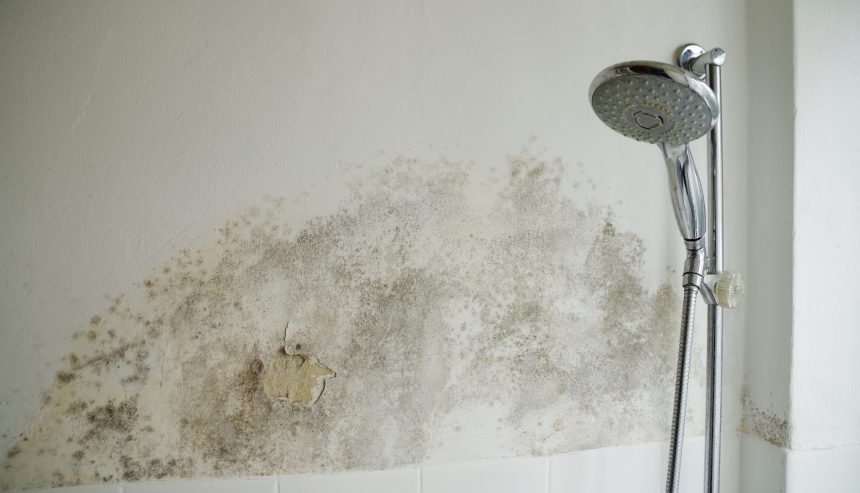Exactly How to Help Prevent Water Damage in Your Bathroom
Exactly How to Help Prevent Water Damage in Your Bathroom
Blog Article
What're your thoughts on How to Prevent Bathroom Water Damage?

The restroom is exceptionally vulnerable for damp buildup and also potential water damage as a result of the regular use water in it. This article provides straightforward examination techniques to assist finding water damage risks.
The regular use water in the washroom makes it very prone for wet buildup and potential water damage. By checking it on a regular basis, you can minimize water related problems.
The adhering to collection of examinations is simple to execute and also should be done once in every three months in order to keep your restroom healthy as well as to stop possible water problems brought on by the bathtub, the shower, pipeline joints and also plumbing, sinks, closets, and also the commode
Do not forget performing these inspections and be comprehensive while performing them. Bear in mind that these easy evaluations can save you a great deal of cash by giving very early signs for water damages
Tub as well as Shower
The shower as well as tub call for unique focus and also upkeep. Check the floor tiles and also change if split. Make certain that there is no missing out on grout between the tiles. Inspect and also change split caulking at joints where the walls fulfill the flooring or the tub. Blocked drains and pipelines troubles will avoid the tub from drying and might show serious troubles underneath the tub. Speak with a professional immediately to avoid structural damage. Take notice of stainings or soft areas around the bathtub wall surfaces as they might show an interior leakage.
Plumbing
Signs for water damages are hard to detect considering that many pipelines are set up inside the walls.
Pay unique interest to flooring as well as walls wetness and discolorations as they may show an undetectable plumbing issue. Check wetness levels in adjacent spaces as well.
Sinks and Cabinets
Sinks and also cupboards are revealed to wetness and moisture daily and also are typically forgotten. Check regularly under the sink as well as on the countertop above it. Fix any drip in the catch as it may recommend drain issues. Look around the sink, sluggish draining pipes might indicate an obstructed drainpipe. Replace sink seals if they are broken or loosened.
The Bathroom
The commode is a susceptible water joint. Check the water lines and also search for leakages around the commode seat, in the hose pipe, and also under the water tank. If you find any kind of signs of wetness on the flooring around the toilet, look for leaks in the toilet rim and also tank seals.
Know that hanging commode bowl antiperspirants increases the opportunities for obstructions.
Water Damage Signs In The Bathroom To Avoid Cleanup
Musty smell
This is one of the easiest signs to catch because musty smells are so odorous. The damp, earthy, moldy smell should be a big red flag. The smell will develop when moisture gets trapped in surfaces, and begins to facilitate mold growth. Leaking pipes under cabinets, inside walls, and behind shower fixtures will cause moisture to stay trapped and not dry, which will lead to mold growth and spread. As soon as you notice any musty smells in your bathroom, have it checked for hidden water damage and cleanup signs.
Visible mold
If the smell isn’t there to give it away, sometimes you will actually see mold growth. Finding mold in your bathroom is a serious problem, because mold is very harmful to your health. By the time mold growth is visible, it also means that water damage has already occurred and been present for some time. The only way the mold problem can be resolved is to find the source of the moisture and get it stopped. To safely and adequately remove mold, you need to have professionals handle the remediation. Do not waste any time in getting mold problems addressed, fixed, and sanitized so that you can protect you and your family from the many respiratory symptoms caused by mold exposure.
Damaged floors
Bathroom floors should be able to withstand some exposure to water while still remaining in good condition. However, when excess exposure or water leaks occur, they will begin to damage even the most water-resistant flooring. If you notice any cracking, bubbling, staining, or warping on your bathroom floors, there is probably a water leak somewhere causing the distortion. If you notice areas of the floor have become softer, or even have a spongy feeling, there is probably damage to the subfloor. Subflooring is typically made up of plywood. When plywood is exposed to water or moisture, it will absorb it. Once it has become saturated, the weight of the excess water will cause the wood to swell and soften. Check the floors in your bathroom frequently to catch any of these sings before they lead to damaged subflooring.
Changes on walls
When water leaks behind walls, it will cause changes in the drywall. Peeling plaster, blistering paint, and soggy wallpaper are all good indicators that excess water is building up behind the wall. Water leaking behind drywall will cause it to swell and be soft to the tough. If you start to notice gaps along the trim of your walls, or where tile meets the wall, it could also be a strong indicator that there is a leak behind the wall. Any changes, distortion, or damage on the walls should be evaluated as soon as you notice it to prevent further water damage and cleanup.

I found that article on Common Causes of Water Damage in a Bathroom when surfing the search engines. Remember to take the opportunity to promote this content if you enjoyed reading it. I love reading our article about Looking for Signs of Water Damage in the Bathroom.
Book Your Appointment Report this page